- Asynchronous Reclocking
- I2S
- Output Stage
- Error Correction vs. Jitter
- Slaving Computer Soundcards
- Battery for Digital Schematics?
- Stacking Multiple Converter Chips
- Benchmark's UltraLock
- Digital Filtering
- One-box CD Players
- Synchronous Reclocking
- Jitter Sources
- Large Buffer
- Disbelief in LessLoss
- A/D Converters
- Sampling Rates
Question:
It seems to me that external DACs are just another way of justifying the purchase of expensive digital cables. Wouldn't it be better if the DAC were located in the same enclosure, right next to the CD Transport? Wouldn't the cables then be shorter than 5 cm and the signal therefore less jittery?
LessLoss Reply:
It would be "better" only in the sense that it would take up less space in your listening room. If you mean "better" in the sense that such a solution would indeed distort less and (perhaps) even be less expensive, we must let you down. For, in our solution, because so much attention has been paid to isolating the digital from the analogue, if our DAC were to be found under the same electromagnetic screen (i.e. the metal box of the CD player) as the CD laser mechanism itself, the motors and other high frequency electronics within the CD player would actually harm the sound quality by means of ground contamination and (if the ground contamination were solved via separate power supplies) even direct induction into our DAC circuitry. The best possible method is to house both the DAC and the player in separate enclosures with separate power supplies, which is already the case when you use a slaved CD player and external, independent DAC. In terms of screening, it is evident that if the reclocking employed to annihilate jitter of the digital signal is adequate, it is far more important to screen the DAC circuitry itself than the jittery transport mechanism. All transport mechanisms are jittery. The way to raise the quality of the timing is to synchronously reclock the digital stream. The quality of the reclocking is most important.
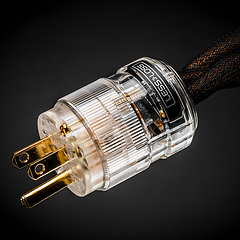
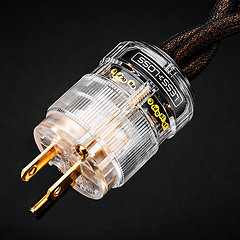
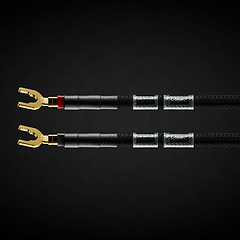
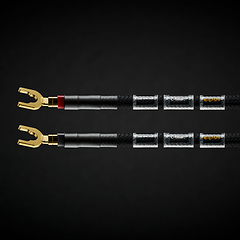
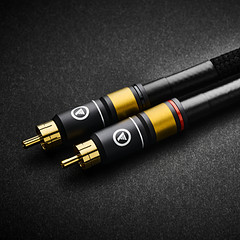
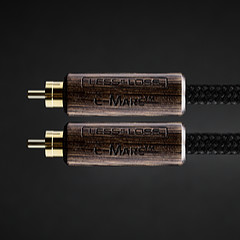
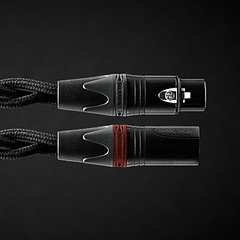
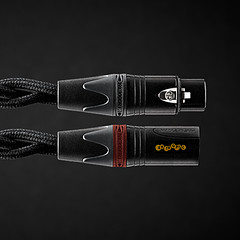
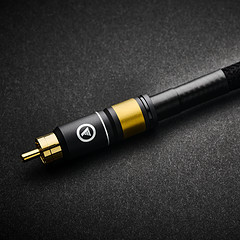
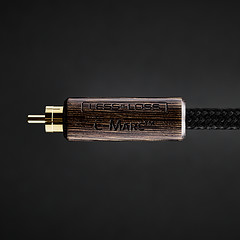
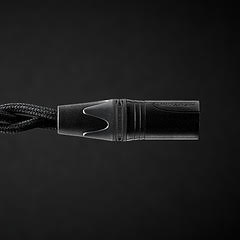
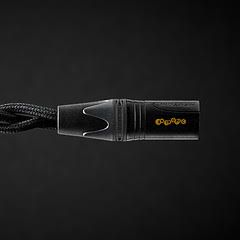
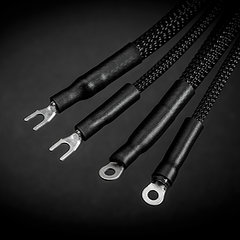
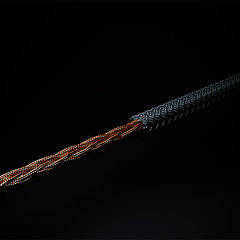
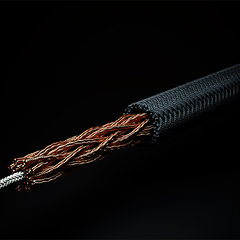
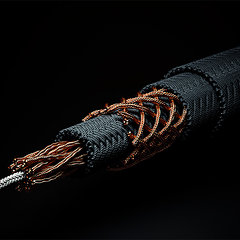
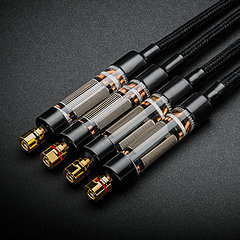
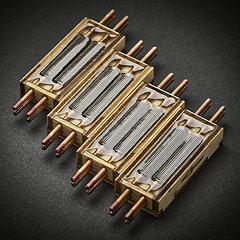
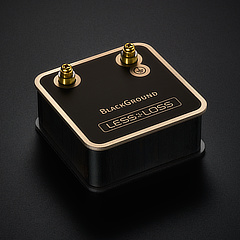
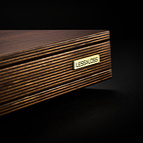
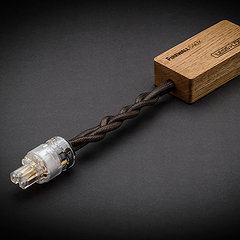
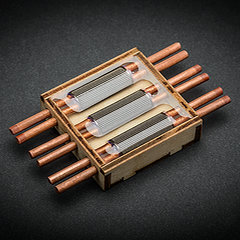
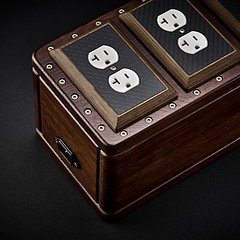
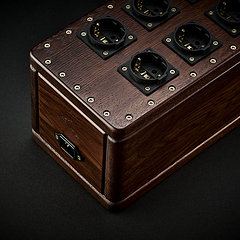

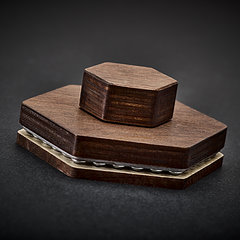
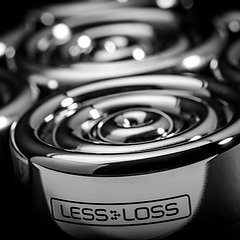
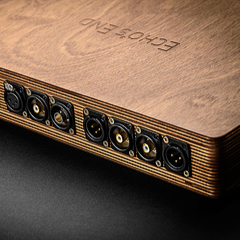
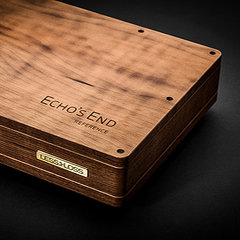
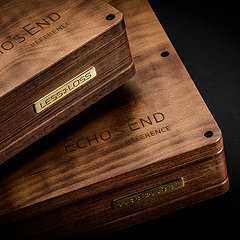
 Beware of Fakes
Beware of Fakes
